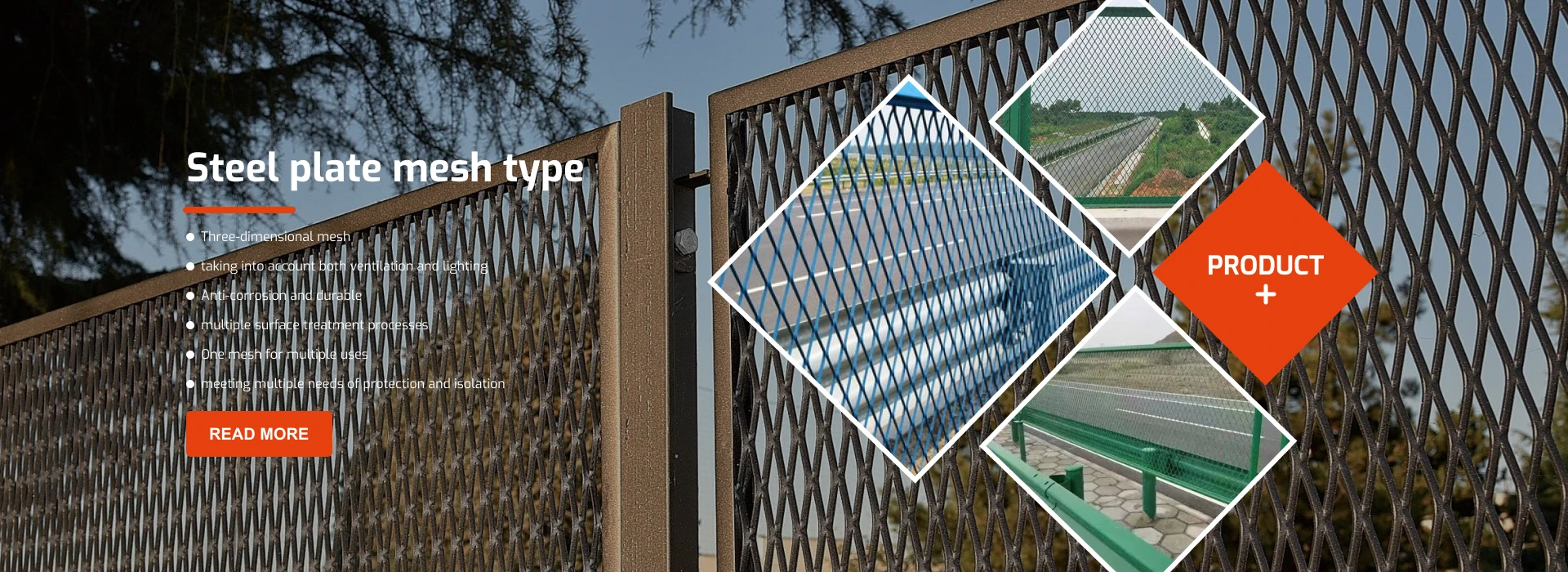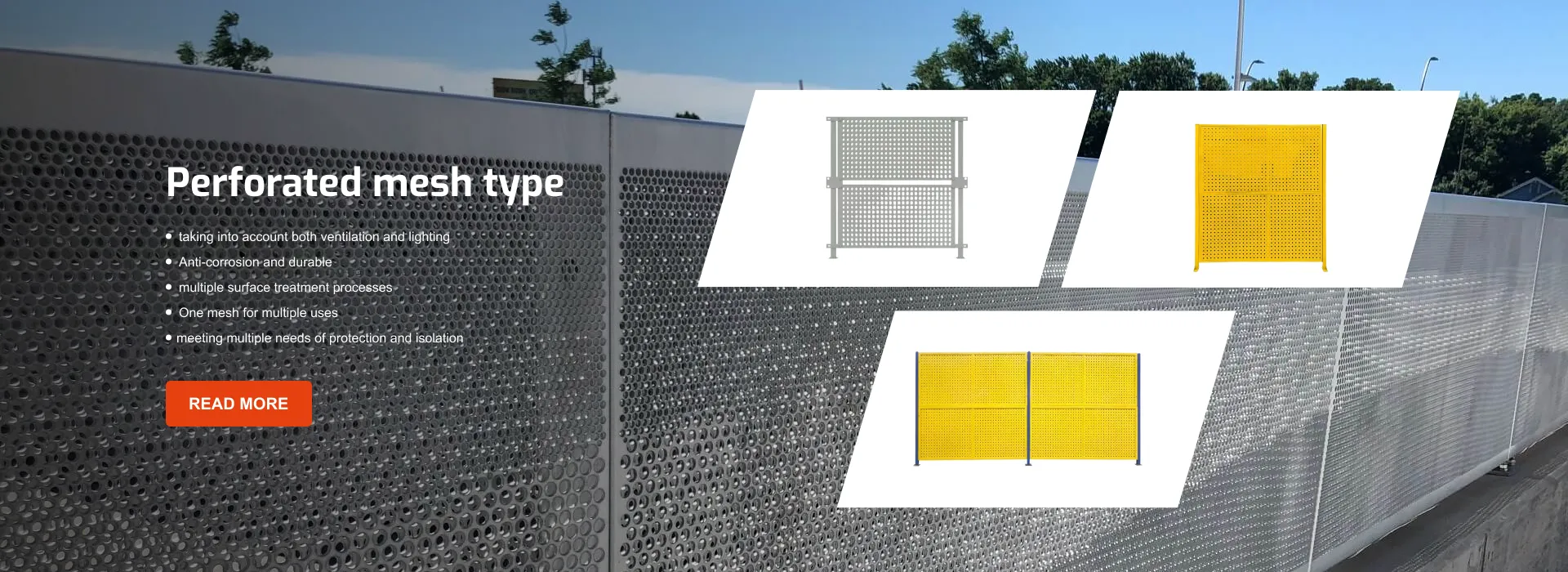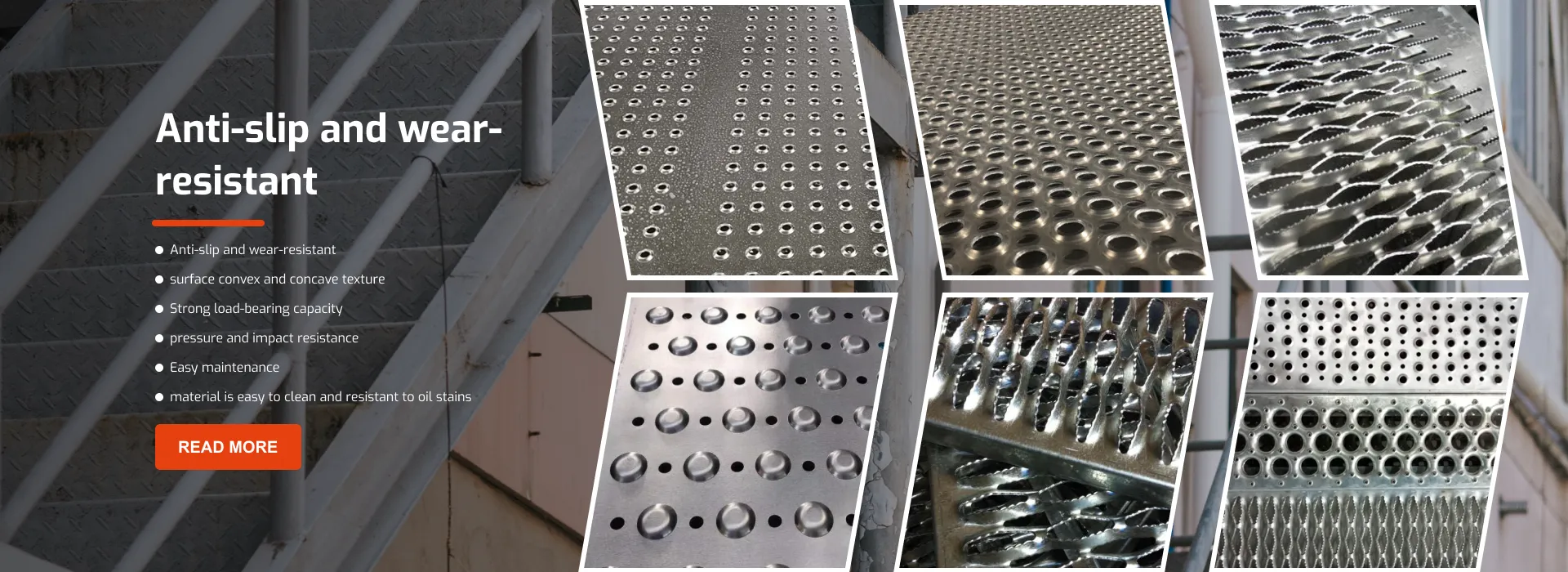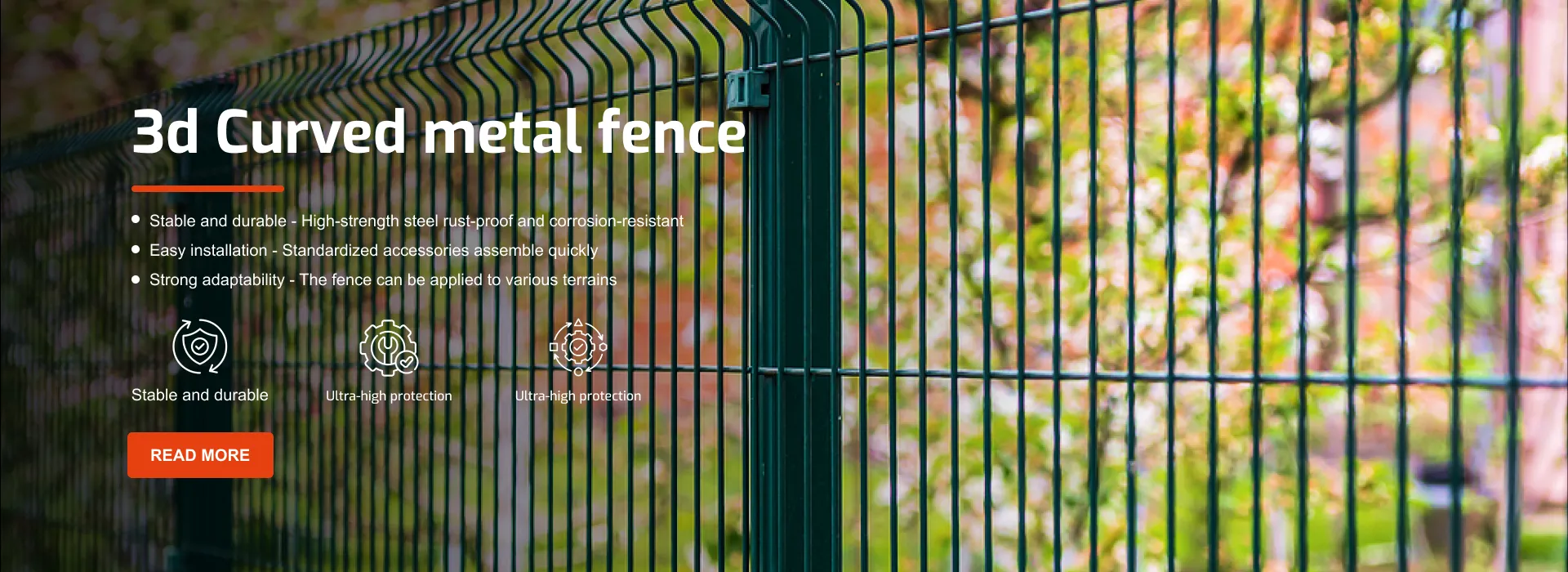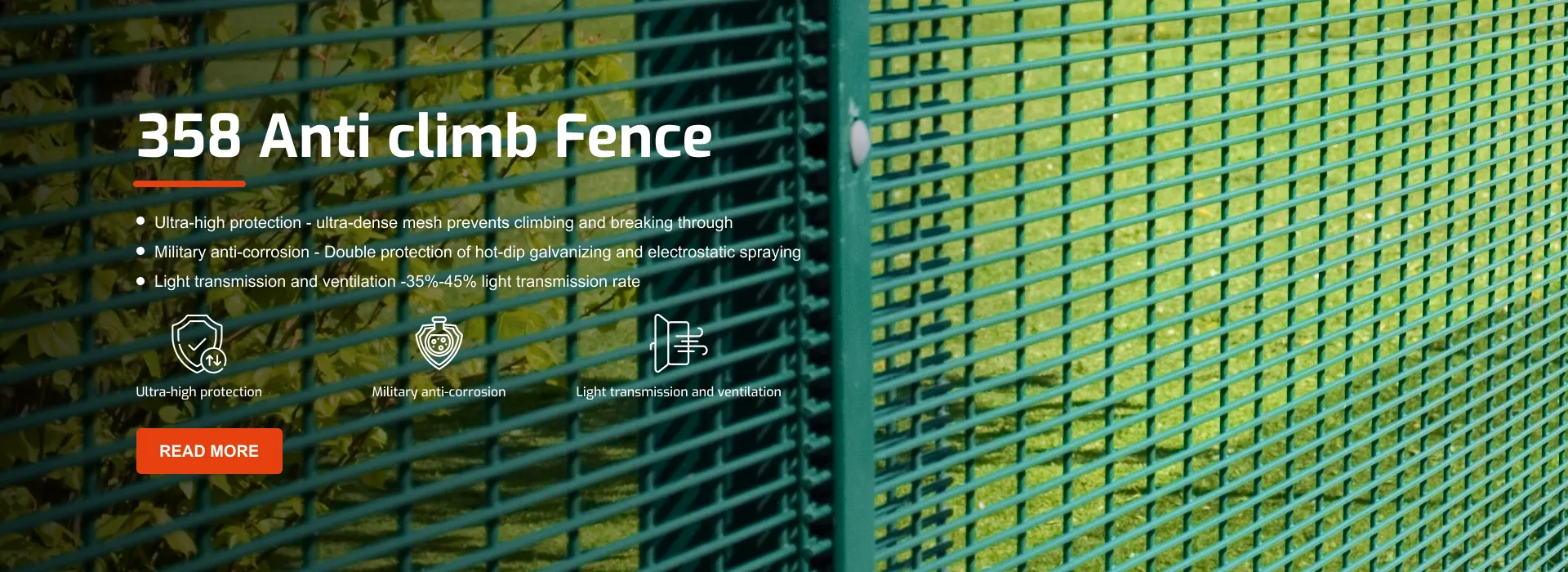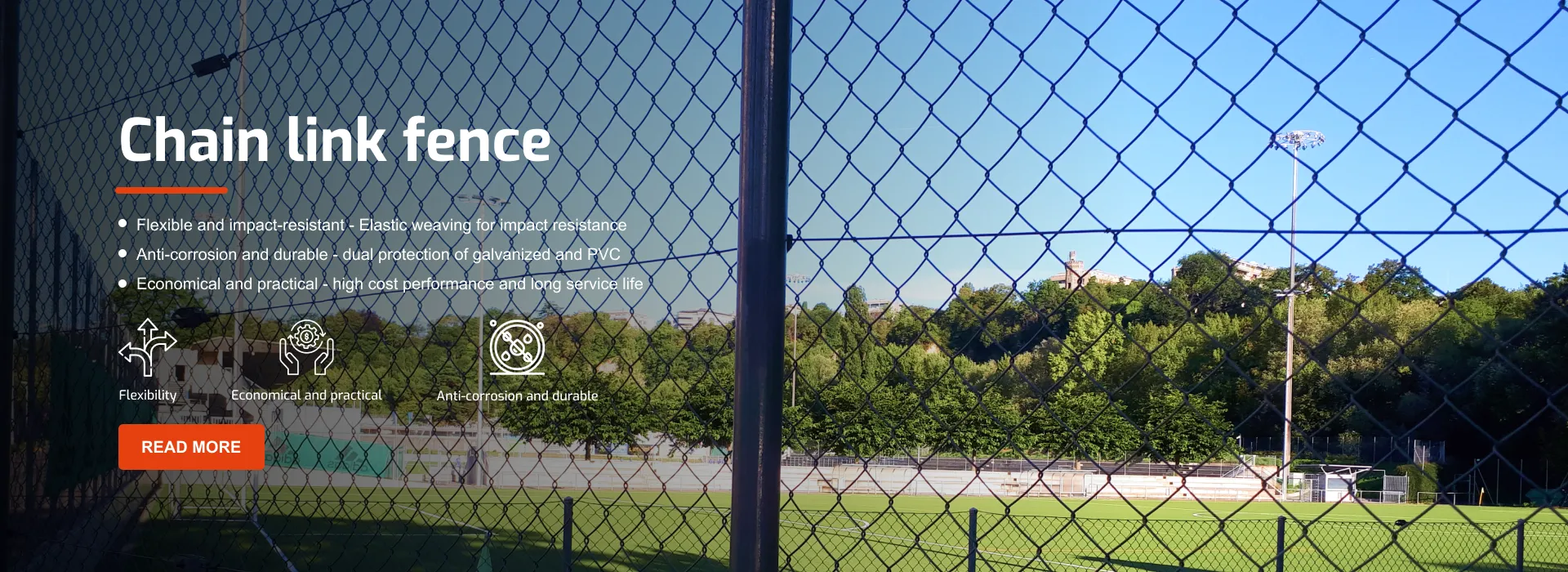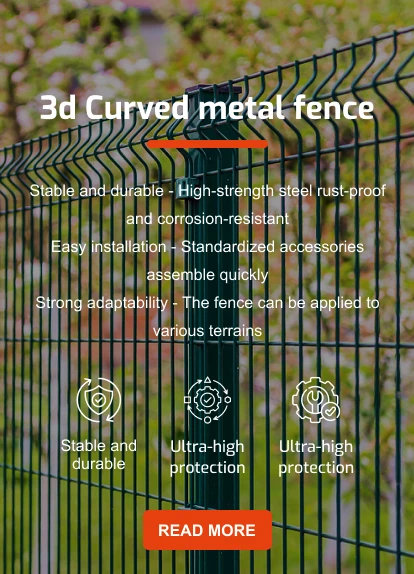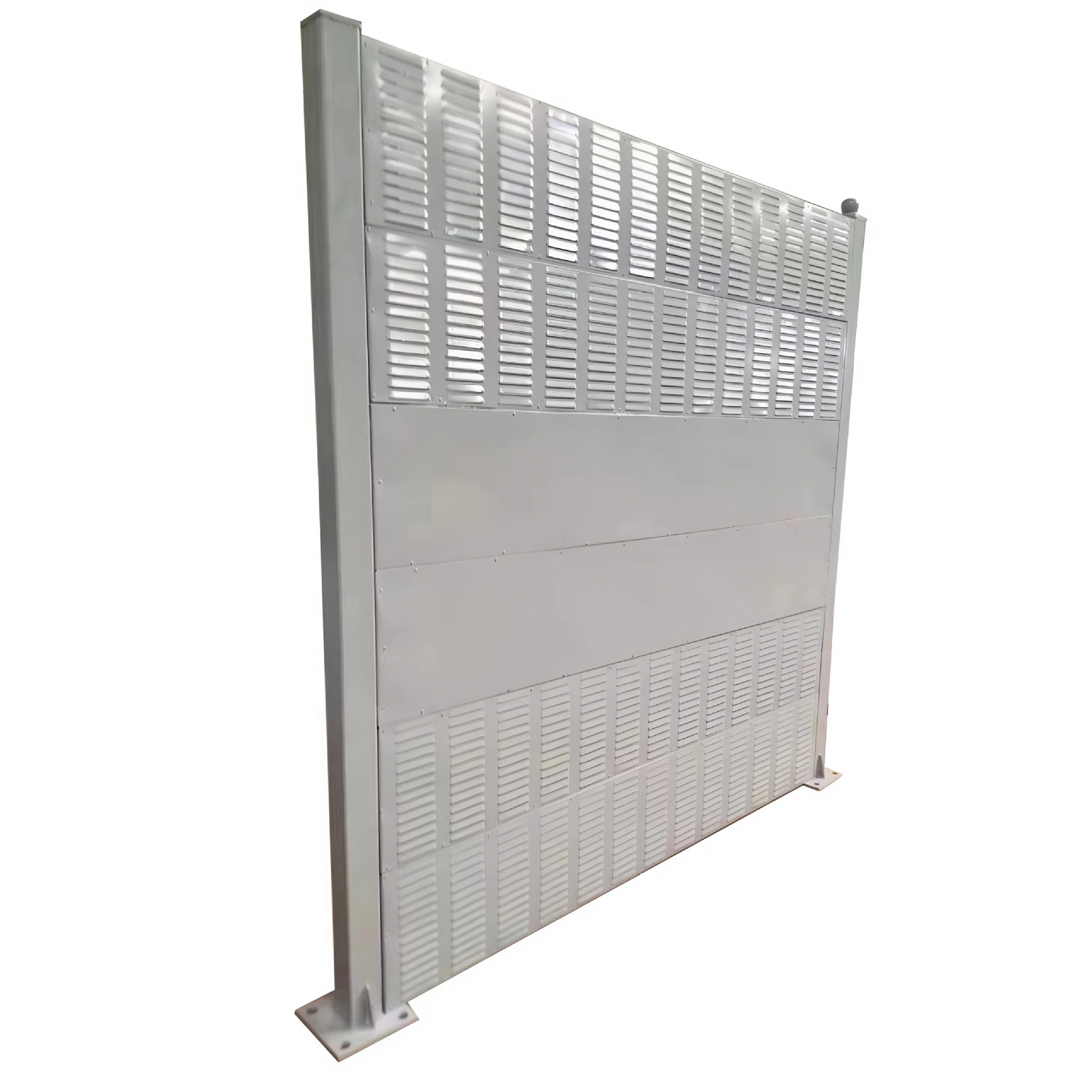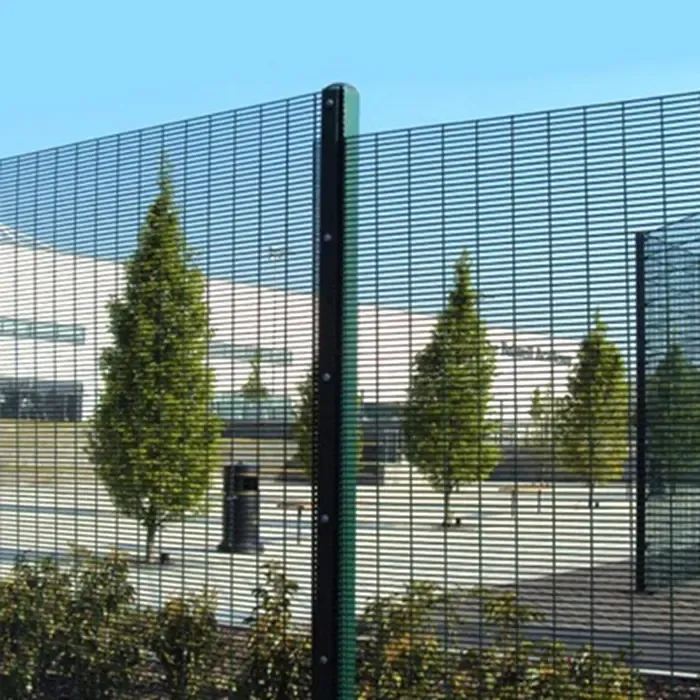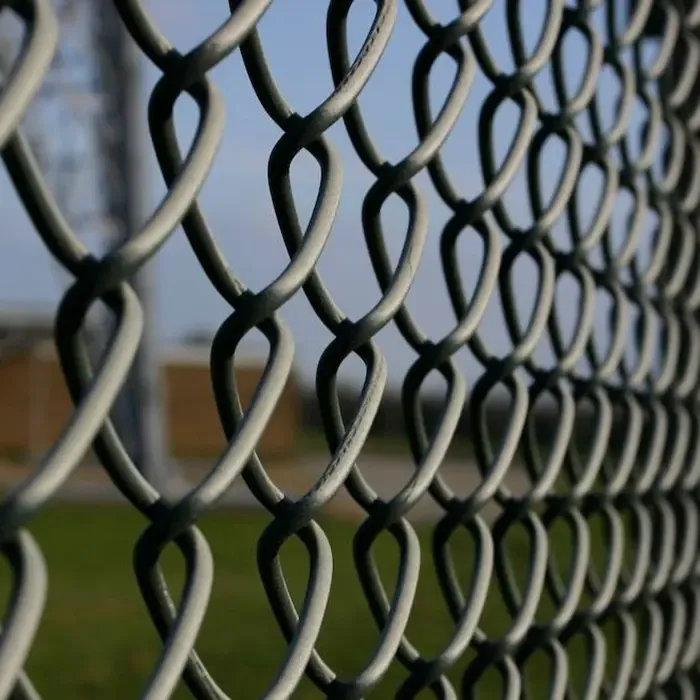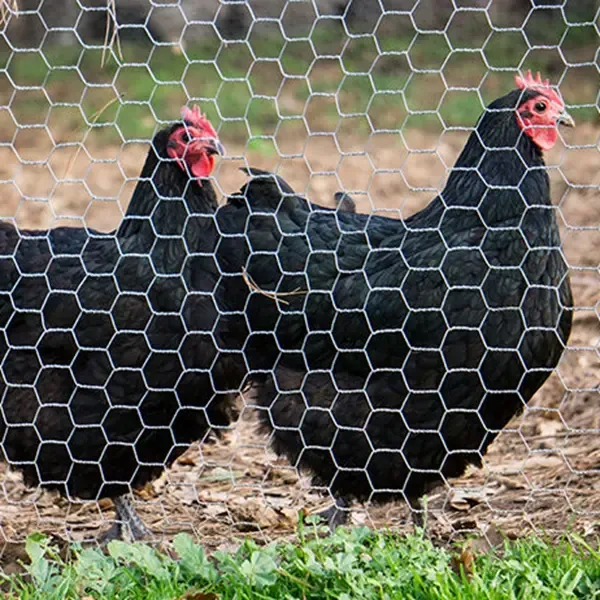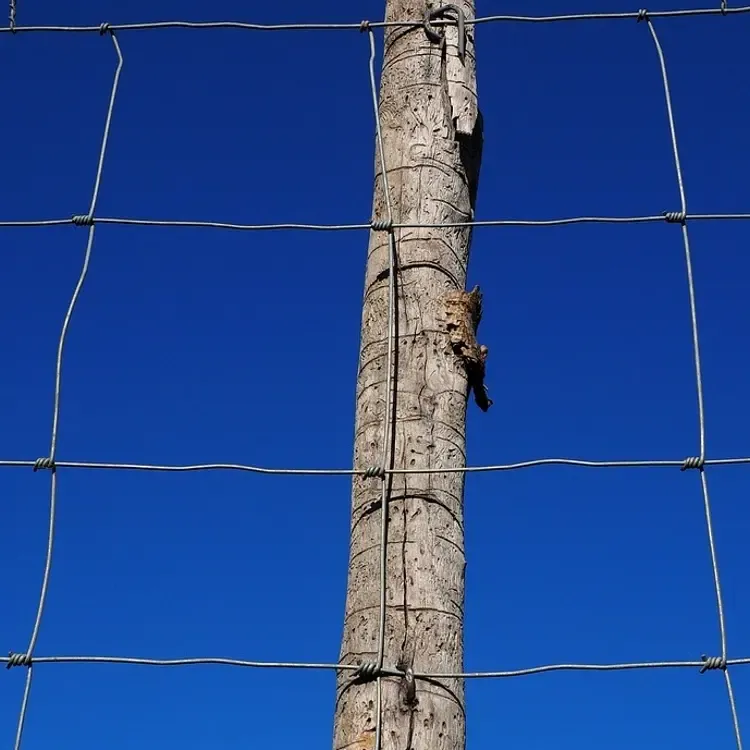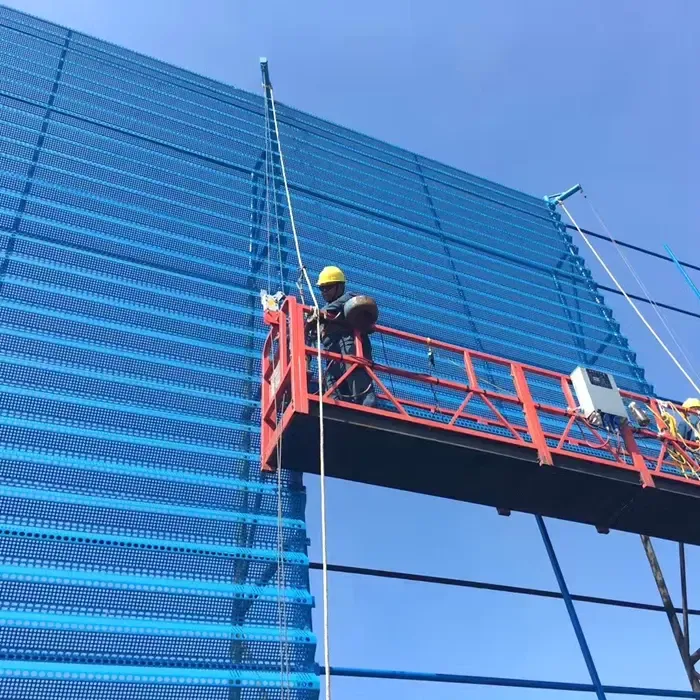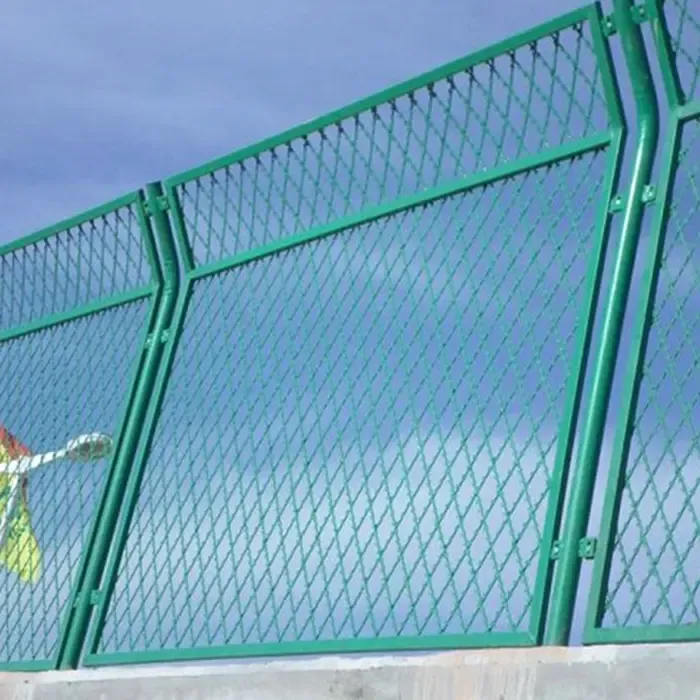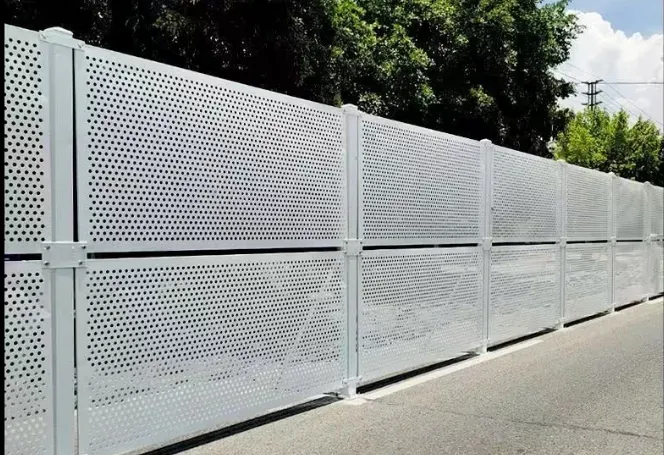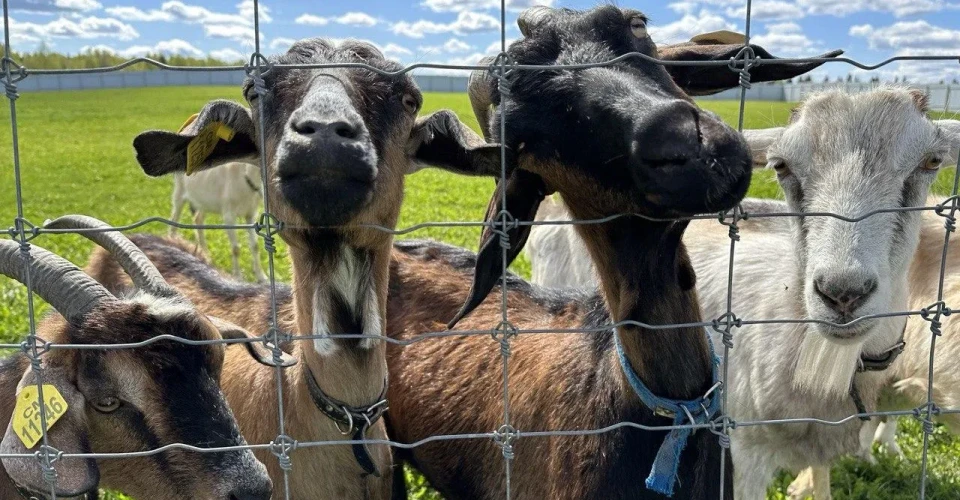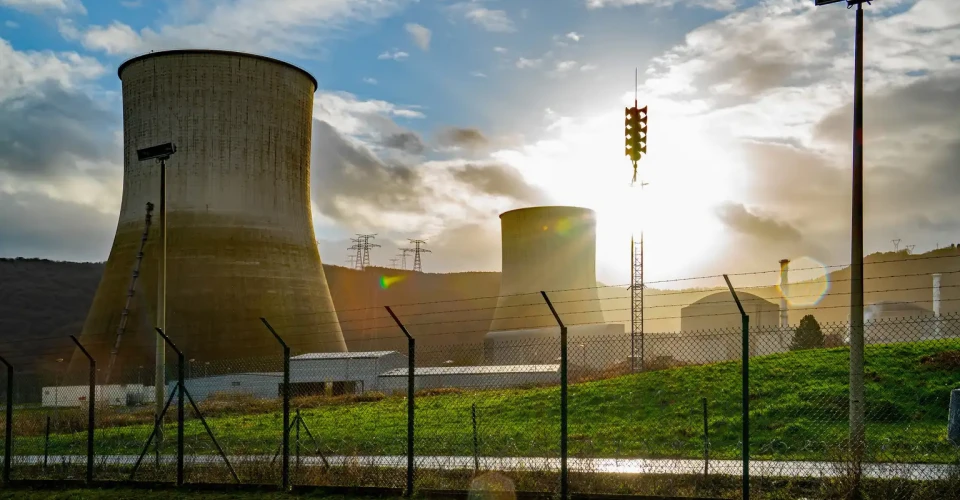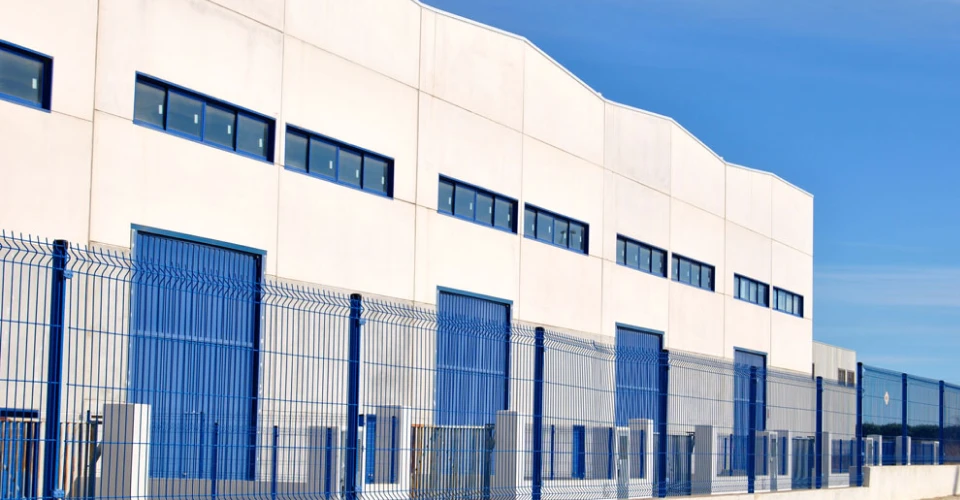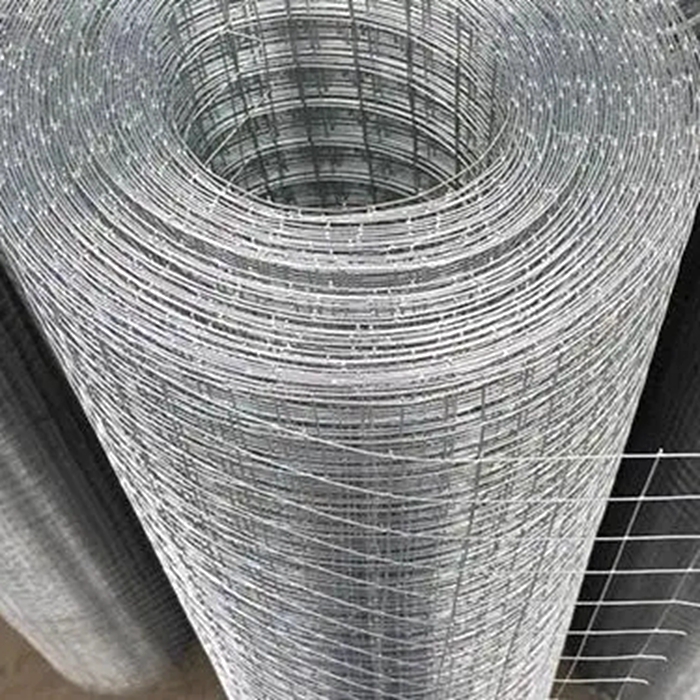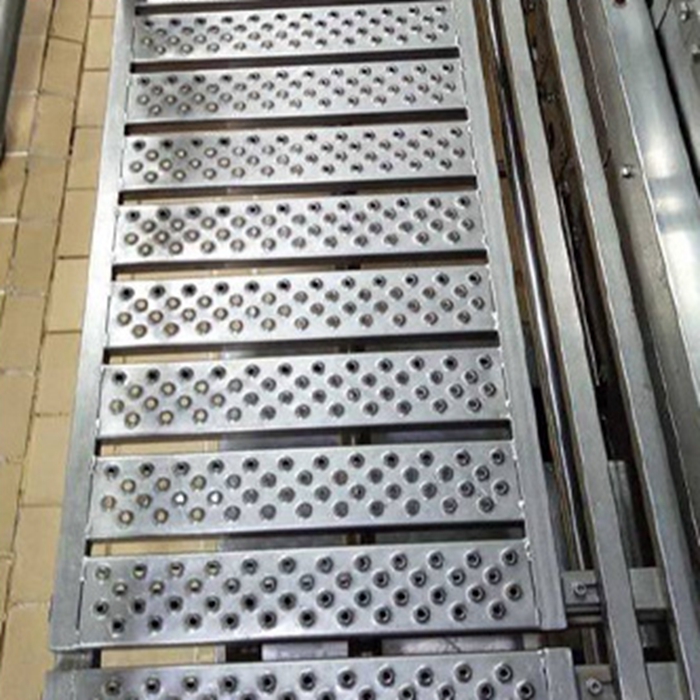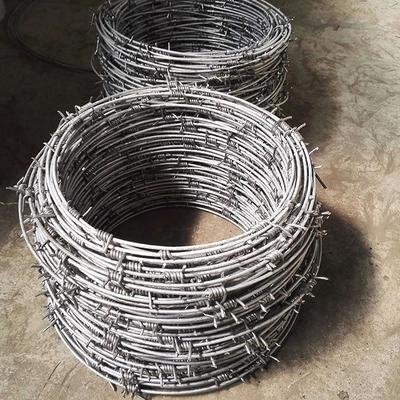- AFRIKANINA
- albaney
- Amharic
- Arabo
- Armeniana
- Azerbaijani
- Baska
- Belarusian
- Bengali
- Bosniaka
- biolgara
- Katalana
- Cebuano
- Korsika
- Kroaty
- TSEKY
- Danoà
- Anarana iombonana
- anglisy
- esperanto
- Estoniana
- Anarana
- FRANTSAY
- Frisian
- galisiana
- Zeorziana
- Anarana
- GRIKA
- Gujarati
- Kreole Haitiana
- Hausa
- Hawaii
- Hebreo
- tsy misy
- Miao
- hongariana
- Anarana
- igbo
- indonezianina
- TENY IRLANDEY
- ITALIANINA
- Anarana
- Javaney
- Kannada
- kazakh
- Khmer
- Rwanda
- Koreana
- Kiorda
- Kyrgyz
- asa
- Latina
- Zavatra tsy
- litoanianina
- Luxembourgish
- Masedoniana
- Malagasy
- Malay
- Malayalam
- Maltais
- Maori
- Marathi
- Mongoliana
- Madagascar
- Nepali
- norvejiana
- norvejiana
- Occitan
- Pashto
- PERSANINA
- poloney
- portogey
- Punjabi
- Malagasy Romanian
- ROSIANINA
- samoanina
- Gaelika Scottish
- serbianina
- anglisy
- Shona
- Sindhi
- Sinhala
- silaovaka
- Slovenianina
- Somali
- Fikarohana
- Sundanese
- swahili
- Anarana
- Tagalog
- Tajik
- Tamil
- Tatar
- Telugu
- Thai
- Tiorka
- Turkmen
- OKRAINIANA
- Urdu
- Uighur
- Uzbek
- vietnamiana
- valesa
- Vonjeo
- Yiddish
- Yoruba
- Fefy welding
- Fefy harato tenona
- Fefy harato metaly
- Construction Mesh
- Kilasy metaly
- Fefy fiarovana fanampiny
Ny metaly perforated feo sakana dia vita amin'ny galvanized vy lovia / aluminium firaka, izay ventilated sy mateza, amin'ny namboarina namboarina, ary mety amin'ny fanaraha-maso ny tabataba amin'ny fitaterana, indostria, sns.
-
20000FARITRY NY
-
2012Koa satria
-
100+TANY
-
100+vokatra


